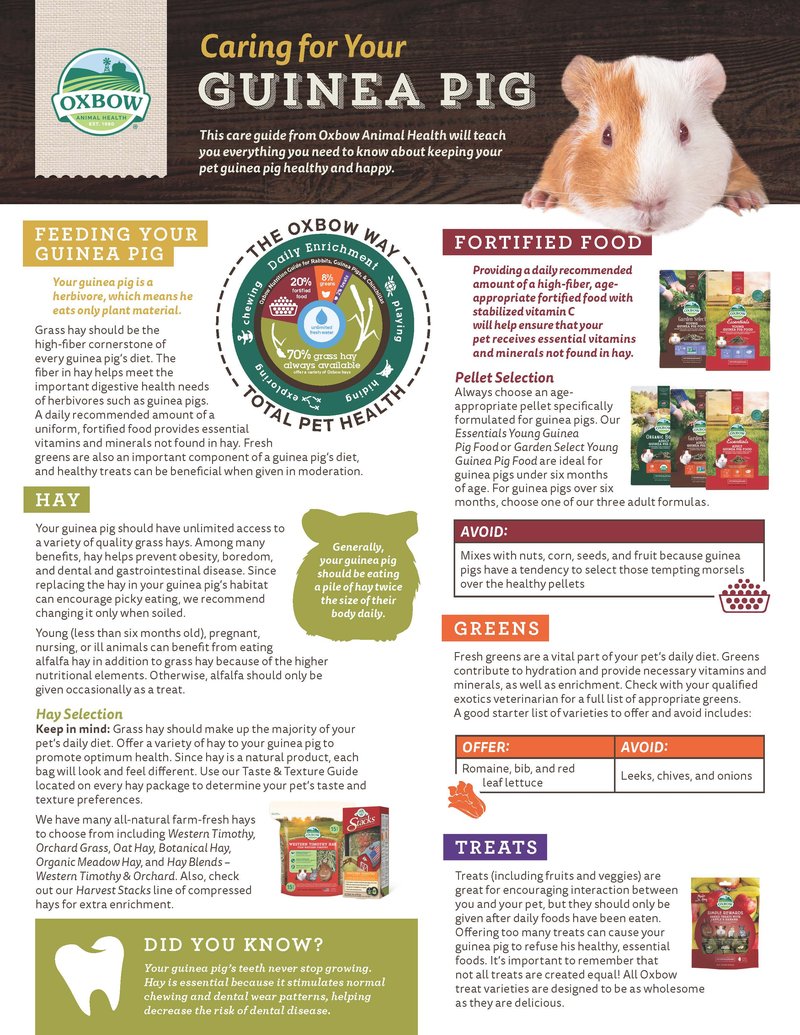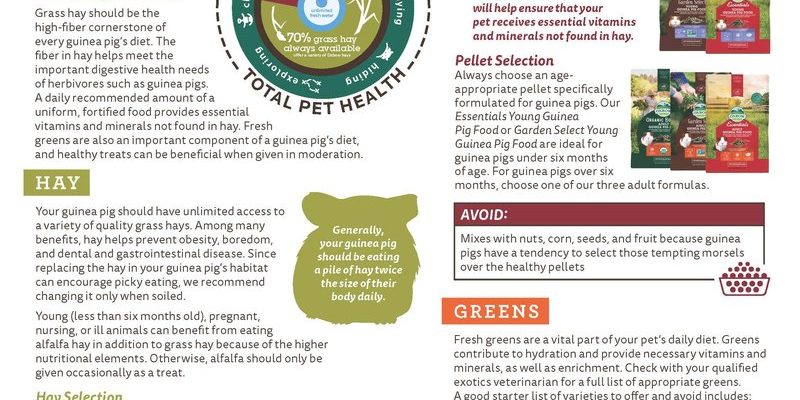
Imagine you’re chatting with a friend over coffee, and they have all these questions about what it takes to care for a skinny pig. You’d want to pass along all the knowledge you have, from what to feed them to how to set up their cage perfectly. So, let’s dig in. We’ll cover everything you need to know about keeping your skinny pig happy and healthy, including their diet, cage setup, and social needs—no hair required!
Understanding the Needs of a Skinny Pig Guinea Pig
Before you bring a skinny pig home, it’s essential to understand what makes them unique. Unlike their furry counterparts, skinny pigs are hairless due to a natural genetic mutation. They do have short hairs on their noses and feet, but overall, they require different care, especially regarding temperature and skin health.
Skinny pigs are also known for their friendly personalities. They’re curious, affectionate, and love to interact with people. However, their bare skin means they can get cold more easily than other guinea pigs, so you must create a cozy and warm environment for them. Think of them as temperature-sensitive little buddies who need you to keep them snug, much like you would when bringing a baby out in chilly weather.
Health Considerations
Skinny pigs are prone to several health issues, particularly with their skin. Without fur, they can easily suffer from dry skin or even sunburn. That’s why regular check-ups with a vet who understands guinea pigs are super important. When caring for your skinny pig, watch for signs like redness or flakiness on their skin, which might indicate issues that need addressing.
Another thing to consider is their weight. Because they don’t have fur, it can be easier to monitor their body condition. Ideally, they should be a healthy weight—about 1.5 to 2.5 pounds as adults. If your skinny pig feels bony or too heavy, it might be worth a chat with your vet to adjust their diet or exercise routine.
Diet: What Should Your Skinny Pig Eat?
Now let’s talk about diet. Like all guinea pigs, skinny pigs need a balanced diet. But since they don’t have fur to help maintain their body temperature, they might require more calories than a traditional guinea pig. Here’s a solid foundation for feeding your skinny pig.
Start with high-quality guinea pig pellets that are rich in vitamin C. This vitamin is essential for their health since they can’t produce it on their own. Aim for pellets that contain a good amount of fiber, which can help with digestion, and avoid any that have seeds or nuts—those can lead to weight gain and aren’t the best for their health.
Fresh Fruits and Vegetables
In addition to pellets, introduce plenty of fresh fruits and vegetables into your skinny pig’s diet. Here are some options to consider:
- Leafy greens: Romaine lettuce, kale, and dandelion greens are great choices.
- Fruits: Offer small amounts of fruits like apples (without seeds) or bell peppers.
- Carrots: These can be given sparingly as a treat; they’re high in sugar.
Remember, not all veggies are safe for your skinny pig. Avoid starchy foods and those high in calcium, like spinach, as too much calcium can lead to kidney problems.
Cage Setup: Creating a Cozy Home
With their special needs in mind, creating the right cage setup is essential. Skinny pigs are social animals, so they thrive in pairs or groups. If you can, consider adopting two skinny pigs together, as they love company.
When setting up their cage, aim for a space that’s at least 7.5 square feet. Use a solid-bottom cage with plenty of space for them to roam. Avoid wire bottoms, as these can hurt their delicate feet. You’ll want to line the bottom with soft bedding—options like paper-based bedding or soft fleece are ideal for their sensitive skin.
Temperature and Humidity Control
It’s also crucial to keep the cage in a temperature-controlled area. Skinny pigs do best in temperatures between 65°F and 75°F. If your home is cooler than that, consider using a heat lamp or heating pad to ensure they stay warm, but make sure it’s away from their sleeping area, so they have a cozy spot that’s not too hot.
Don’t forget about humidity, either! Keeping the humidity levels between 30-70% helps their skin stay healthy. A simple humidity monitor can be a handy tool in your skinny pig parent toolkit.
Social Needs: The Importance of Interaction
Skinny pigs are incredibly social creatures. They enjoy companionship, not just from other guinea pigs but also from their human friends. Regular handling and interaction are vital to keep them happy and stress-free. They often bond well with their owners, so don’t skimp on the love!
You might find that your skinny pig likes to explore outside their cage (under supervision, of course). Create a playpen area where they can roam safely. This keeps their little minds active and helps them exercise, which is super important for their overall health.
Signs of Happy Socialization
A well-socialized skinny pig will show their happiness in various ways. Look for signs like soft chirping sounds, relaxed body posture, and, of course, those adorable little zoomies they do when they’re excited! Regular interaction will lead to a happy and confident skinny pig who loves being the center of attention.
Grooming and Skin Care for Your Skinny Pig
Even though they don’t have fur, your skinny pig still needs grooming and skin care. Being hairless means they can develop oil buildup on their skin, which can lead to irritation. Make it a routine to wipe their bodies gently with a damp cloth or use a pet-safe wipe to keep their skin clean and free from excessive oil.
You should also check their skin regularly for any signs of irritation, bumps, or dry patches. If you notice any problems, consult your vet. They might recommend lotions or ointments that are safe for your skinny pig, ensuring their skin stays as healthy as possible.
Bathing: To Bathe or Not to Bathe?
Bathing a skinny pig is a topic that brings up a bit of debate. In general, you don’t need to bathe them frequently—only if they get particularly dirty. Use a gentle, hypoallergenic pet shampoo if you decide to give them a bath, and make sure to dry them thoroughly afterward since they can get cold easily.
Wrapping Up: A Happy Life for Your Skinny Pig
Caring for a skinny pig guinea pig is an incredibly rewarding experience. Their quirky personalities and need for special care can make them delightful companions. Remember to focus on their unique dietary needs, create a comfy and warm environment, and give them plenty of love and attention.
Managing their health and happiness is a journey. Just like any friendship, it takes time and effort but is full of joy, cuddles, and those delightful little squeaks that lighten up your day. So grab your cozy blanket, snuggle in, and enjoy every moment with your adorable, hairless buddy!

